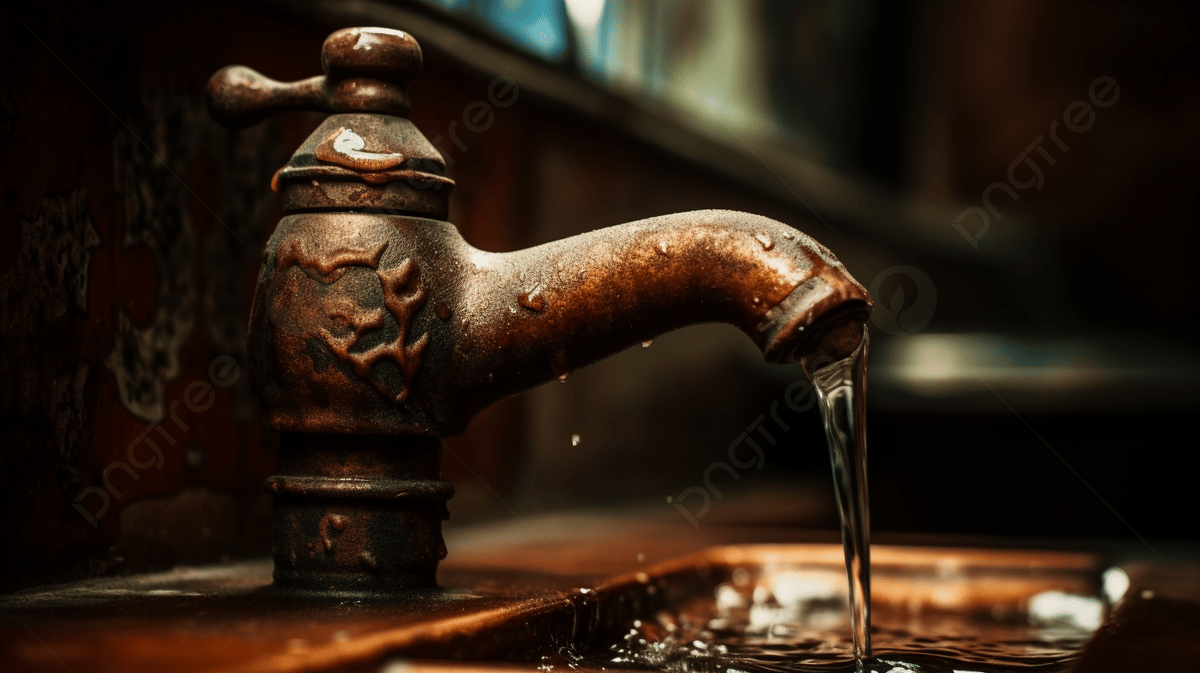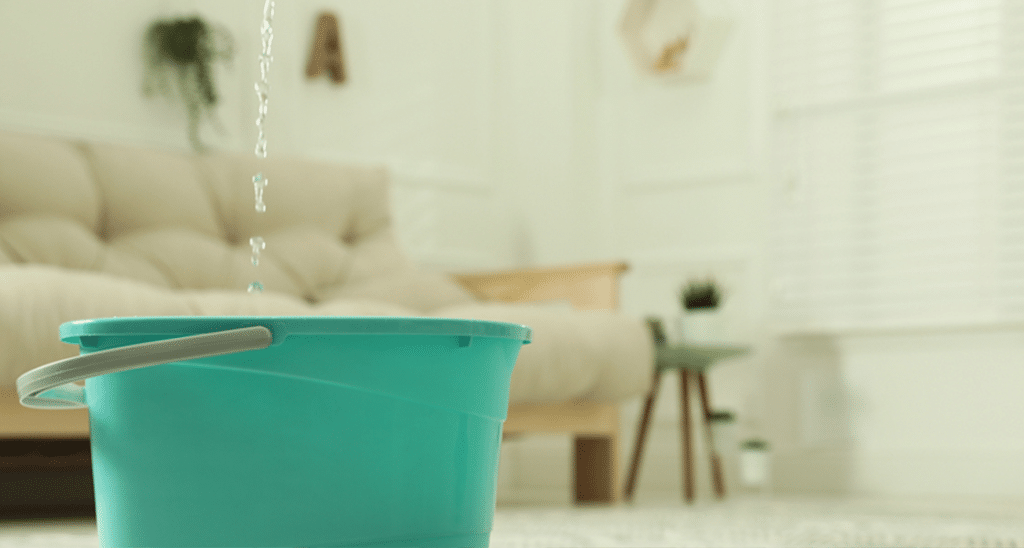An Consequences of Dealing with a Dripping Faucet
An Consequences of Dealing with a Dripping Faucet
Blog Article
Just how do you actually feel in regards to Potential Health Risks Associated With Leaky Faucets?

Intro
A leaking faucet could seem like a small inconvenience, yet its repercussions extend far past the occasional drip. Comprehending the results of a leaking faucet is important for both property owners and the environment. In this post, we'll check out the various influences of this typical home issue and why addressing it quickly is vital.
Reasons For Leaky Faucets
Dripping faucets can arise from a range of factors, including damage, high water pressure, and rust. In time, the constant use of taps can cause worn-out seals and gaskets, triggering leakages to develop. In addition, excessive water pressure can put pressure on plumbing fixtures, causing leakages. Corrosion and corrosion can additionally compromise tap parts, making them vulnerable to leakage.
Water Wastage
Among the most significant effects of a leaky faucet is water wastage. Even a tiny drip can amount to gallons of wasted water gradually. This not just increases water costs yet also contributes to water shortage and environmental destruction. Dealing with leaking faucets immediately is crucial for conserving this valuable resource and reducing its effect on the world.
Financial Effect
Along with drainage, leaking faucets can also have a significant economic impact. Boosted water expenses are a direct effect of water waste, costing property owners hundreds of bucks each year. Additionally, the cost of repairing water damage triggered by leaks can be substantial, especially if left unattended for an extended period.
Environmental Impact
The ecological effect of leaky taps prolongs beyond water wastage. By conserving water, property owners can add to wider initiatives to mitigate water deficiency and safeguard natural ecosystems. Sustainable alternatives such as rain harvesting and water-efficient fixtures can even more reduce the environmental impact of home water usage.
Technological Solutions
Improvements in innovation have brought about the development of smart taps and water-saving devices that assist reduce water waste. Smart taps utilize sensing units to discover motion and adjust water circulation accordingly, reducing waste without compromising ease. Water-saving gadgets such as aerators and low-flow showerheads are also effective in preserving water without jeopardizing performance.
International Perspectives
While leaky faucets might seem like a localized issue, they add to broader worldwide obstacles such as water scarcity and environment adjustment. In areas currently dealing with water stress, every decline counts, making leak prevention and repair work important. By embracing water-saving techniques and buying lasting technologies, property owners can play their part in dealing with these pushing worldwide concerns.
Governing Steps
Government guidelines play an important role in alleviating the impact of leaking faucets and promoting water conservation. From developing codes that require water-efficient components to water-saving incentives and refunds, policymakers have a series of devices at their disposal. By executing and imposing these guidelines, governments can make certain that homeowners prioritize water preservation in their lives.
Area Influence
Dealing with leaking faucets calls for cumulative efforts at the area degree. By increasing awareness concerning the relevance of water preservation and supplying resources for leak discovery and repair work, regional authorities can empower house owners to take action. Efforts such as water-saving refund programs and leak detection campaigns can incentivize habits modification and advertise accountable water use.
Situation Studies
Real-life examples of the effect of leaky taps highlight the value of proactive maintenance and timely repair work. From water damages to skyrocketing water expenses, the consequences of overlooking leaks can be extreme. By sharing these case studies, house owners can better recognize the importance of addressing leaking faucets promptly.
Educational Campaigns
Educational campaigns play a critical duty in elevating understanding about the impacts of dripping faucets and promoting water preservation practices. With workshops, workshops, and on the internet resources, home owners can discover exactly how to spot and repair leaks themselves. By equipping people with expertise and devices, educational projects can promote a society of responsible water use within communities.
Health Issues
Dripping faucets can produce conducive environments for mold and mildew and mold development, presenting health and wellness risks to owners. The presence of mold and mildew can worsen respiratory issues and allergic reactions, specifically in vulnerable individuals. In addition, water damages arising from leaks can jeopardize the structural integrity of buildings and lead to pricey fixings.
Do it yourself vs. Specialist Repair service
When faced with a dripping faucet, property owners typically dispute whether to attempt repairs themselves or hire a specialist plumber. While do it yourself repair work can save cash, they might not always address the hidden concern successfully. Expert plumbing technicians have the experience and tools to detect and fix leakages correctly, guaranteeing long-term remedies and comfort for house owners.
Preventive Measures
Preventing dripping taps needs regular maintenance and aggressive procedures. Easy jobs such as replacing damaged washers and seals can stop leakages from developing. Furthermore, upgrading to high-grade components and decreasing water pressure can aid lengthen the life-span of faucets and minimize the risk of leaks.
Conclusion
Finally, the results of a leaky faucet extend much beyond the occasional drip. From water waste and boosted water costs to health issues and environmental impact, the repercussions of neglecting leaks can be substantial. By resolving leaky faucets quickly and taking on water-saving techniques, home owners can minimize these impacts and add to a much more sustainable future.
Why You Shouldn’t Ignore a Leaky Faucet in Your Home
What Causes a Leaky Faucet?
Various factors can cause a leak, from loose and worn-out parts to corrosion. Your faucet has four essential components from which most plumbing issues will stem: the O-ring, the valve seat, the washer and the gasket.
What Is an O-Ring?
The O-ring is a stem screw that fastens parts of the faucet in place, preventing water from leaking out of the spout. Depending on your faucet type, the stem might have multiple O-rings. Water will drip from the faucet’s handles and base if this part breaks or deteriorates.
What Is a Valve Seat?
The valve seat controls the flow and temperature of the water. Found at the base of the handle, it works as a seal for the faucet’s stem. The valve seat ensures the water is allowed to flow or is blocked as the handles dictate. You’ll know it’s malfunctioning when water leaks from your faucet’s sides.
What Is a Gasket?
The gasket is found between the water inlet and the valve stem. It creates a seal between the faucet and the sink, holding its joints by aerators attached to the stem’s head. Water will trickle out from the base if the gasket isn’t working.
What Is a Washer?
The washer secures the handles and prevents leakage, serving a similar purpose to the O-ring. While the O-ring is ordinarily round and made from an elastic material, such as rubber, the washer is square-shaped and composed of brass, copper and other hard metals. If it malfunctions, corrodes or has been improperly installed, water will leak out of the handles, causing that incessant faucet drip.
Why Is a Leaky Faucet Dangerous?
A leaky faucet left alone for too long can have significant consequences.
Pest Infestations
Since bugs and rodents gravitate towards the scent of water, a leaky faucet will draw pests to your sink. Both are looking for leaks accessible through crawl spaces, which a faucet provides. If you leave water dripping for too long, you run the risk of an infestation.
Rust
If one of the faucet parts has started to corrode, the resulting rust can spread to your pipes and valves with startling speed. The rust might even lead to cracks or other impairments, resulting in more severe plumbing issues.
Your sink could also sustain damage from a leaky faucet. The water in your tap possesses sparse elements of calcium and iron that can stain your sink with repeated and prolonged exposure. Once those elements in the water have been open to the air for some time, your sink will start to rust, creating marks that can be difficult to remove.
https://www.tomsmechanical.com/blog/why-you-shouldnt-ignore-a-leaky-faucet-in-your-home

I recently found that blog entry on How to Fix a Leaky Faucet when browsing on the internet. Are you aware of somebody else who is curious about the topic? Be sure promote it. We value reading our article about The Environmental Impact of Leaky Faucets.
Report this page